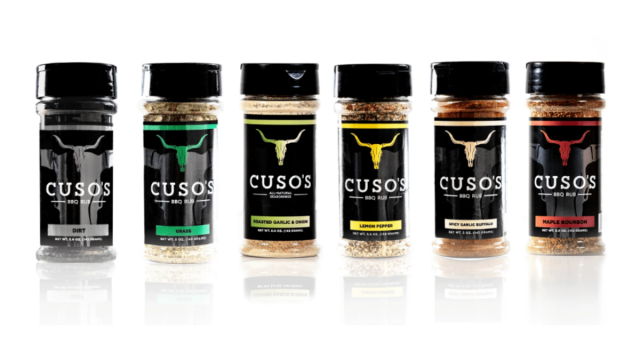Barbecue is a beloved tradition and a favorite for flavor enthusiasts. Traditional barbecue recipes rely on a rich mix of spices and sauces that give each dish its unique taste. However, people with dietary restrictions often feel left out because some ingredients don’t fit their health needs. As health awareness grows and dietary preferences change, it’s important for the industry to adapt so everyone can enjoy barbecue without compromise.
Adapting traditional barbecue to meet the needs of those with dietary restrictions not only expands the market but also brings new creativity to spice use and menu options. This article offers practical ways to modify traditional barbecue dry rub recipes for gluten-free, dairy-free, and vegan diets. It discusses spice substitutes that maintain the classic barbecue flavor, how to use these substitutes in various barbecue dishes, and creative ways to enhance meals while respecting dietary boundaries.
Understanding Dietary Restrictions
Contents
In barbecue cooking, adding dietary options like gluten-free, dairy-free, and vegan choices has changed traditional recipes a lot. For people avoiding gluten, using alternatives like gluten-free bread for burgers or corn tortillas for wraps is a must. Those who can’t have dairy skip traditional cheese and creamy sauces, opting for nut-based cheeses and coconut cream instead.
Vegans, who don’t eat meat, face a big challenge since barbecue often revolves around meat. They might use marinated jackfruit or tofu to get that smoky flavor with plant-based ingredients. These changes keep the dishes tasty and make sure everyone can enjoy the barbecue, regardless of their dietary needs.
Choosing the Right Spices
When barbequing with dietary restrictions, choosing the right spices is key for maintaining both health and flavor. Spices can contain hidden allergens or additives that can be problematic for those with specific dietary needs. To stay safe, it’s best to use pure, single-ingredient spices, which reduce the risk of cross-contamination with allergens like gluten, dairy, or nuts.
Additionally, knowing the origin and processing of spices—choosing certified organic or non-GMO options—can also be important. If you want to create your own spice blends, start with basics like garlic powder, paprika, and cumin. These provide a solid foundation for adding unique or personal touches based on your tolerances and preferences. This approach not only keeps your diet safe but also allows for creative flavor exploration that can adapt as your dietary needs change or as new culinary inspirations emerge.
Substituting Spices in Barbecue Recipes
When modifying traditional barbecue recipes for dietary needs, knowing how to substitute certain spices is a must. Spices can enhance flavor without adding restricted ingredients. For example, instead of using garlic and onion powder, which might have additives, try fresh minced garlic and green onions; they provide robust flavor and a clean ingredient profile. In marinades, Worcestershire sauce often contains gluten and sometimes fish, so tamari—a gluten-free soy sauce—is a good alternative that delivers similar umami richness.
For spice rubs that usually have a lot of sugar, use coconut sugar or agave syrup for sweetness without the processed sugars. In barbecue sauces, replace store-bought versions, often full of preservatives and sugars, with a homemade blend of natural tomato paste, apple cider vinegar, and spices like smoked paprika and ground mustard to naturally boost flavor. These substitutions keep the dish flavorful while meeting dietary restrictions, proving you can still enjoy the rich, smoky flavors of traditional barbecue even with adjustments.
Experimenting with Flavor Profiles
Exploring culinary creativity, especially with spices, can turn an ordinary dish into something extraordinary. Mixing different herbs and spices allows both home cooks and professionals to enhance the flavors of their meals. Trying out combinations, like the warming heat of ginger with the tangy zest of sumac, can create unique and delightful tastes.
When trying new recipes or updating old ones, adjust the amounts of each spice carefully. Start with small quantities to gauge the flavor and gradually increase to your liking. This approach helps achieve the perfect balance and prevents overpowering the dish. By adjusting and tasting, you’ll learn not only about the spices but also about your own taste preferences, improving your cooking skills.
By thoughtfully adapting barbecue recipes, we can create delicious meals that cater to various dietary restrictions, ensuring everyone can enjoy the rich flavors of traditional barbecue. Using spice substitutes and experimenting with new combinations allows for creativity while maintaining classic tastes. As we become more health-conscious, these adaptations not only accommodate dietary needs but also enhance our culinary experiences. Whether gluten-free, dairy-free, or vegan, these flavorful adaptations open up the joys of barbecue to a wider audience, proving that dietary restrictions don’t have to limit the enjoyment of a beloved tradition.


